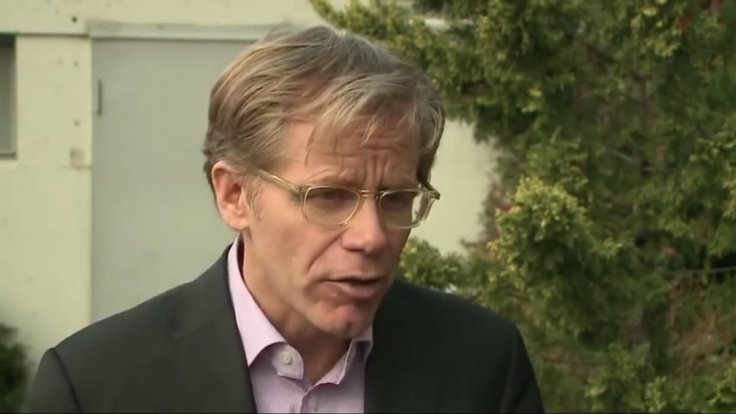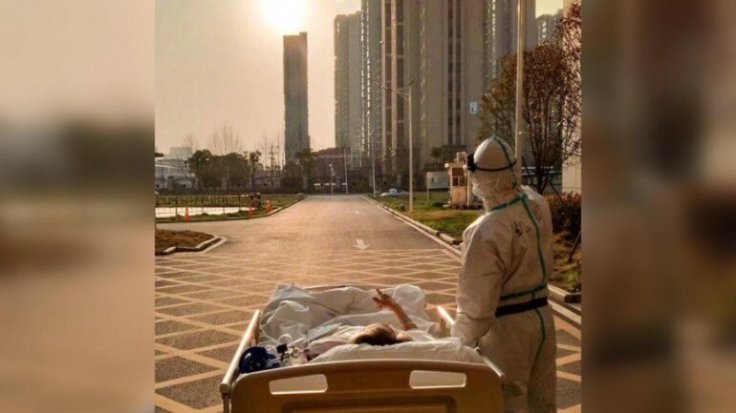Being the epicenter of the COVID-19 infection, China has borne the brunt of the disease the most. With nearly 81,000 reported cases and over 4,000 deaths, China's share of infections and casualties is far more than the combined numbers of other affected nations.
However, the country has also fought the spread of the infection and worked toward its containment at an unprecedented scale. Dr Bruce Aylward, the Assistant Director-General of the World Health Organisation(WHO), led a team that visited China in early February and reported the situation and response to COVID-19 in the country.
In a recent interview with The New York Times, he spoke about his observations and learning from his trip to China, and how the country's response can be emulated by other countries. Below are some of the points that Dr Aylward touched upon.

Organised medical response
During the course of the interview, several of Dr Aylward's responses indicated that China tried to streamline every aspect of its response. For example, several facets of medical care such as the provision of crucial prescriptions and their delivery were shifted to nearly 50 percent online to reduce the number of direct visits to facilities.
Another detail that Dr Aylward brought to the fore was the separation of hospitals based on the nature of the medical cases. Premier hospitals were devoted entirely to the treatment of severe and critical COVID-19 cases. Surgeries that were elective in nature were postponed.
For routine care such as childbirth, traumas, and heart failures among others, the other hospitals were designated. In fact, the Chinese government built two new hospitals and rebuilt others just in time, he emphasized.

"If you had a long ward, they'd build a wall at the end with a window, so it was an isolation ward with 'dirty' and 'clean' zones. You'd go in, gown up, treat patients, and then go out the other way and de-gown," he illustrated.
Not everyone gets infected
Answering a question if everyone got infected with the virus, Dr Aylward said, "No". According to him, around 75 to 80 percent of infection clusters were within families. "You get the odd ones in hospitals or restaurants or prisons, but the vast majority are in families," he said. He added that the disease spread only to 5 to 15 percent of one's contacts and that the individual's relatives and other people he/she came in contact within the previous 48 hours were isolated.
Risk of infections when economic activities restart?
The land of the red dragon had recently announced that it will recommence economic and industrial activities. Tackling the question, Dr Aylward said that it was a "phased restart" and that different provinces were dealing with it in different ways. For example, in some places schools are set to remain closed longer while some are permitting factories essential to the manufacturing cycle to commence operations.

Citing the example of migrant workers in the city of Chengdu to highlight the precautionary measures being taken, Dr Aylward said that they have to undergo a strict screening process to be able to report to their jobs. The measures, again, are different across different regions. "If it's Beijing, you then have to self-quarantine for two weeks. Your temperature is monitored, sometimes by phone, sometimes by physical check," he said.
Suspicions surrounding decline in reported cases
Regarding suspicions surrounding the dip in the number of cases, he said that he did not witness anything that suggested manipulation of numbers. Dr Aylward narrates that the staff at the testing clinics visited by the team said that the number of testings a day declined after some time. From 46,000 people seeking tests in a day at its peak, it had reduced to 13,000 a day when the team left China. He pointed out that some hospital beds were empty as well.

"A rapidly escalating outbreak has plateaued, and come down faster than would have been expected. Back of the envelope, it's hundreds of thousands of people in China that did not get Covid-19 because of this aggressive response," said Dr Aylward
Re-assigning non-medical staff, medical volunteers and government welfare
In total, 40,000 medical workers marched towards Wuhan from several provinces to help contain and treat the diseases. Dr Aylward stressed on the point that several of these healthcare workers were volunteers. "It was nationwide. There was this tremendous sense of, 'We've got to help Wuhan,' not 'Wuhan got us into this'," he said.

Workers from other fields were re-assigned to serve in ancillary roles according to Dr Aylward. For example, highway workers would take temperature readings and receptionists would teach staff gown up procedures. Some were given the important role of contact tracers who tracked down contacts and some delivered food.
"The government made it clear: testing is free. And if it was Covid-19, when your insurance ended, the state picked up everything," highlighted Dr Aylward about the government's policy towards the treatment of Chinese citizens. Drawing comparisons with the US, he said that this is where universal health care security and coverage meet and that the US will have to look into that area.









